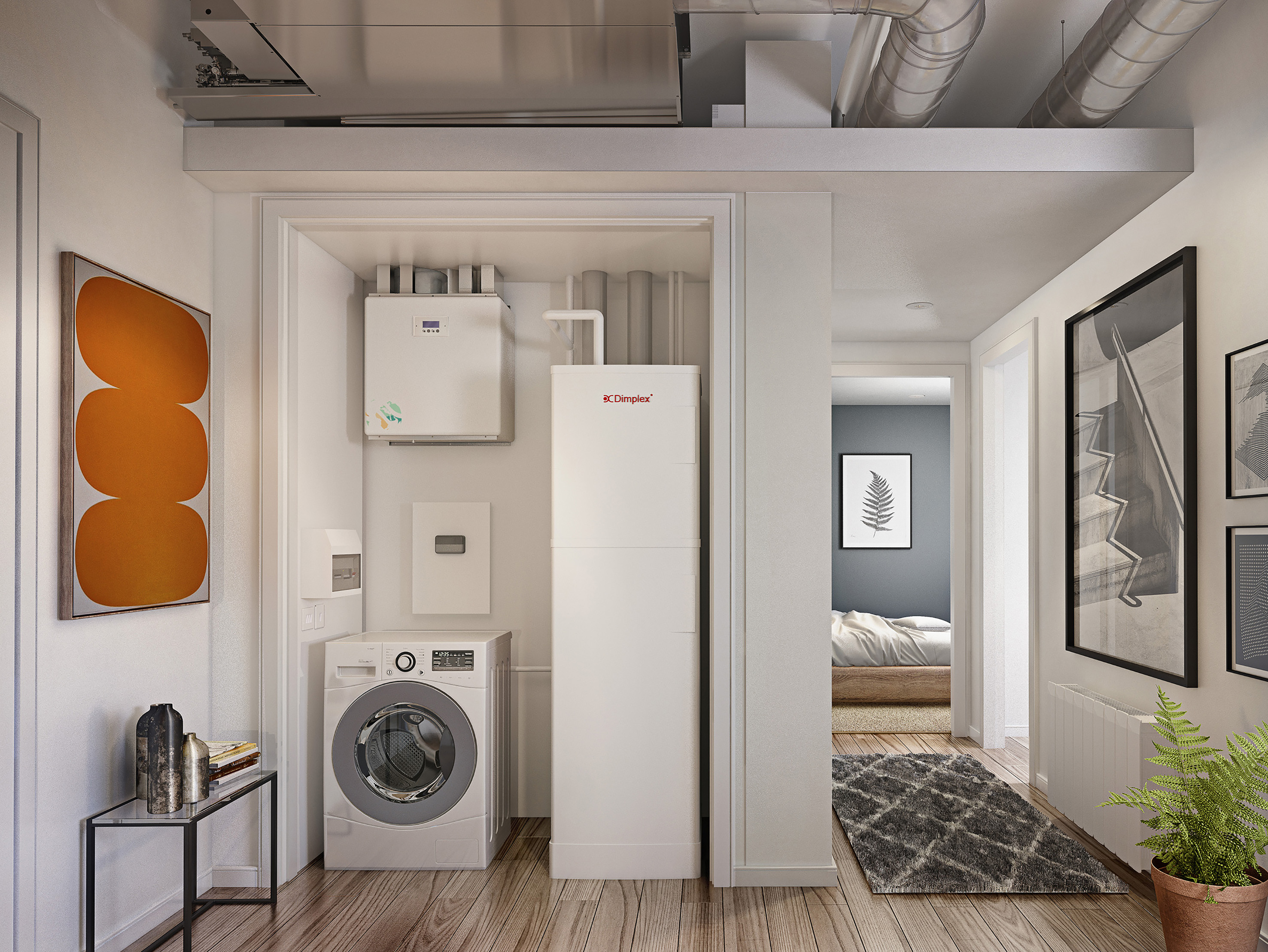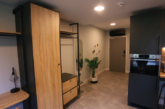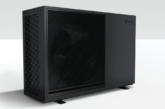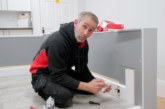
Meeting the energy efficiency requirements of Building Regulations remains the biggest driver when choosing appropriate heating, cooling and hot water systems for new property development, according to research commissioned by Glen Dimplex Heating & Ventilation.
The manufacturer teamed up with research partners ReallyB2B to survey more than 2,000 property professionals covering surveyors, assessors, developers, energy consultants and architects. The research highlights some important considerations when specifying heating or cooling systems.
Energy efficiency (100%) and capital cost (75%) were listed as the most important criteria according to the respondents, who are all involved in the decision making or influencing process.
However, just half of the property professionals questioned consider ease of installation or end-user requirements – despite 75% listing end-user or client resistance as one of the biggest challenges to specification.
Shaun Hurworth, Senior Channel Marketing Manager for Trade & Specification at Glen Dimplex Heating & Ventilation, said: “These findings show that there is still some work to be done in educating those involved in the decision making process around the importance of HVAC solution usability and installation.
“Meeting the energy efficiency requirements of Building Regulations is, of course, vital, as is capital cost, particularly when the developer needs to demonstrate cost-savings. However, none of this can come at a compromise because of the importance of end-user approval.
“Modern, innovative HVAC solutions deliver ease of installation, ease of use and energy efficiency benefits. Crucially, a well-designed system can also support project cost-savings by contributing towards energy efficiency tariff schemes like the proposed London Carbon Tax.
“One such example is the Zeroth Energy System, which replaces conventional high-temperature networks in multi-occupancy residential developments with a cool, low-pressure system, maintained by the building’s central plant room.”
Hurworth continued: “With the Zeroth System from Glen Dimplex Heating & Ventilation, low-temperature water flows around the building’s main loop to each apartment, which all have their own ‘mini loop’ where an individual heat pump produces chilled or heated water to the desired temperature. The water can then be passed to fan coils, underfloor heating or smart fan-assisted wet radiators.
“This innovative approach meets all the challenges that we have identified in this research around specifying modern HVAC solutions. It is more environmentally friendly, as network losses are greatly reduced and it is more cost-effective, the benefit of which can be passed on directly to residents in the form of lower average heating or cooling bills.
“Users have greater control over their environment, with minimal risk of overheating in communal areas. For London developers, Zeroth also provides an opportunity to significantly reduce the amount of Carbon Tax they might pay for a development.”








